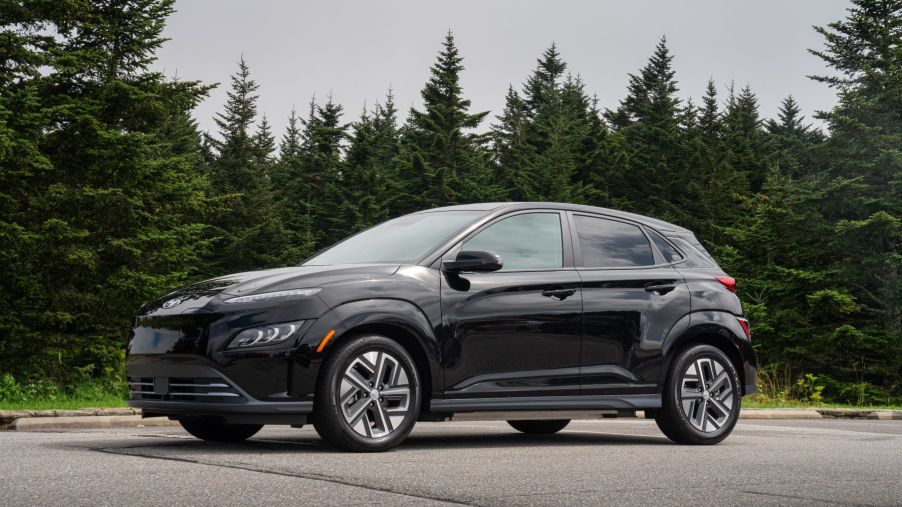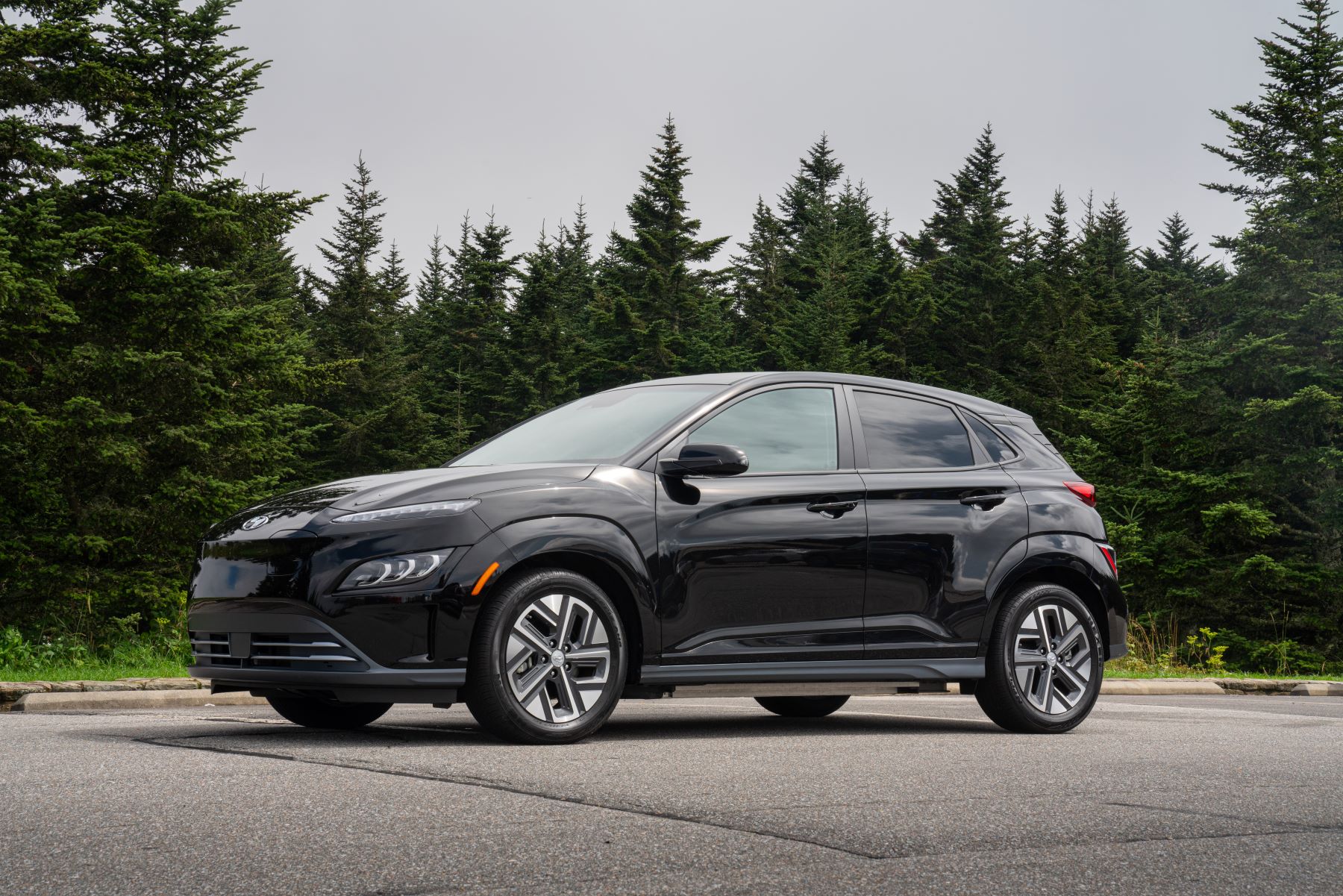
5 Advantages the 2023 Hyundai Kona Electric Has Over the 2023 Kia Niro EV
Kia’s Niro recently saw a redesign for 2023 for its hybrid, plug-in hybrid, and electric vehicles. With the changes implemented, how will this electric SUV fare with its competitors? Not all that well, apparently, since one of its rivals, the Hyundai Kona Electric, outshines it in many ways. Here are five advantages Hyundai’s EV has over the Kia Niro EV.
1. The 2023 Hyundai Kona Electric has a lower price
Both electric SUV models have been relatively inexpensive with previous versions because of the federal tax incentive. However, with this year’s passing of the Inflation Reduction Act, that now changes. Only U.S. EVs will benefit from it. That leaves out the Kona Electric and the Niro EV unless changes are made to the tax credit plan in the future.
The Kia Niro EV starts at $39,450 for the Wind trim and $44,450 for the Wave version. The Hyundai Kona Electric begins at a few thousand less. According to Hyundai, prices range from $33,550 (base) to $41,550 (Limited).
2. Fuel economy (equivalent) favors the Kona Electric

The fuel economy for an all-electric vehicle is generally good because you don’t have an internal combustion engine slurping up the fuel. Regarding the all-electric Kia Niro, its 113 MPGe (miles per gallon equivalent) is impressive because it’s significantly more than the hybrid version’s 53 MPGe, according to Kia. However, it still doesn’t match what the Hyundai Kona Electric offers.
Hyundai’s Kona Electric provides drivers with 120 MPGe combined for all three models. For city driving, you can expect to get 134 MPGe; for the highway, it gets 106 MPGe.
3. The Kona Electric has more standard range than the Kia Niro EV
You can get 253 miles on a single charge with the Kia Niro EV. Using a 100 kWh DC fast charger can add another 100 miles in about 30 minutes. Regular charging takes about 2.5 days to charge the 64.8 kW battery up using a standard 120-volt plug.
On the Hyundai Kona Electric, the 64.0 kWh battery can go 258 miles on a single charge of the battery. As for charging it up, it would take approximately 9 hours to fully juice up with a 7.2 kW plug. With a 50 kW charger, you can go from 10 to 80% on the battery in 64 minutes. To add 100 or so more miles, you can use a 100 kW charger for about 47 minutes.
4. Hyundai’s EV has more torque
Both models have 150 kW motors producing 201 hp. However, the two couldn’t be more different regarding torque. The 2023 Kia Niro EV offers only 188 lb-ft of torque and has an acceleration time of 7.1 seconds for a 0 to 60-mph run.
With the Hyundai Kona Electric, the electric motor generates 291 lb-ft of torque. As for acceleration, this EV offers a 6.4 second time for a 0 to 60 mph run, which tops the Niro by 0.7 seconds.
5. The Hyundai Kona Electric has more ground clearance
The Kia Niro EV won’t be the best choice if you’re considering doing minimal off-roading with your electric SUV. With the battery located underneath the vehicle, it’s protected from most road surfaces. However, traveling on bumpy terrain may be problematic, as the EV offers only 5.9 inches of ground clearance.
The Hyundai Kona Electric offers a bit more than the Niro EV. You can expect 6.2 inches of space from the road to the bottom of the car. That adds approximately 0.3 inches more space for ground clearance for the battery pack.
When comparing the two electric SUVs, the Hyundai Kona Electric offers five advantages that make it the better choice over the Kia Niro EV. With the Kona Electric, you get more battery range, ground clearance, torque, fuel economy, and a better price.


